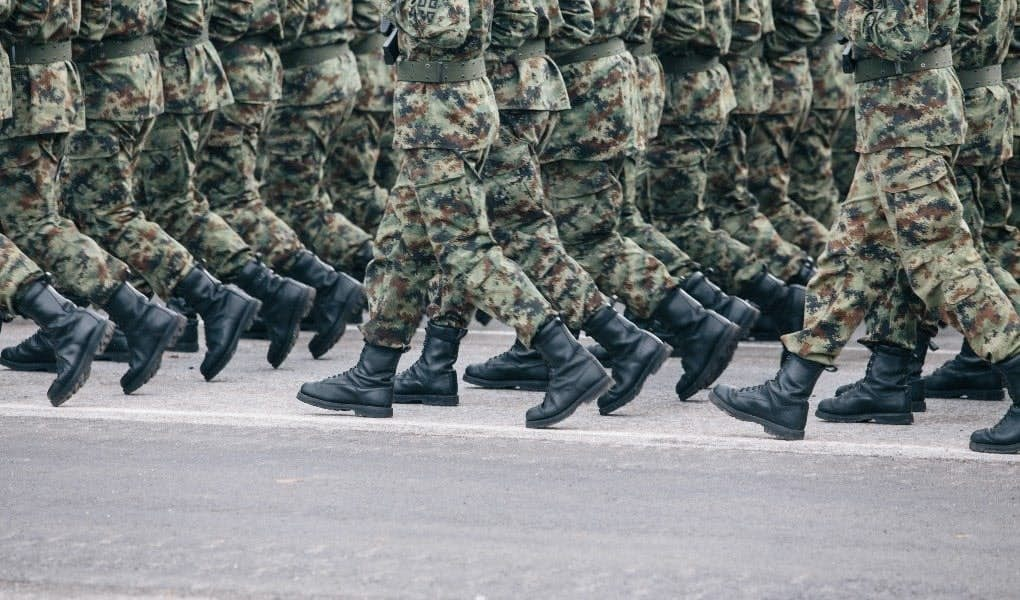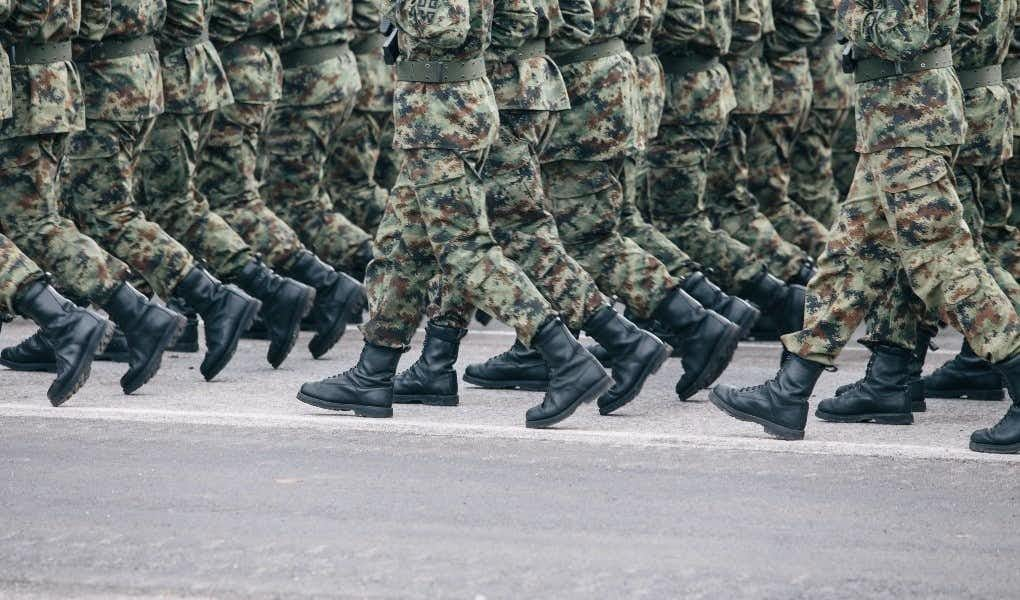The contaminated water has been linked to a number of serious health conditions. Recent legislation will grant affected individuals the right to pursue legal action against the federal government for any injuries suffered as a result of the contamination. The new legislation marks an important first step (and second chance) for those seeking legal remedies but who were previously denied on to statute of limitations and federal immunity grounds. As potential litigation is still in its infancy, it is too soon to tell exactly how or when the Camp Lejeune lawsuits will be disposed. But if Congressional Budget Office’s cost estimates are any indicator, total payouts may reach $6.7 billion.
What Happened?
In 1942, the United States Marine Corps established Camp Lejeune. In 1982, 40 years later, it was discovered that the base’s water treatment plants were contaminated with toxic chemicals. The plants provided the water with which people bathed, cooked, and drank since the 1950s.
The Agency for Toxic Substances and Disease Registry, which is part of the Centers for Disease Control, linked the contamination with industrial spills, leaking underground storage tanks, and most prominently, an off-base dry cleaning company. The company’s disposal practices resulted in the unleashing of dangerous levels of perchloroethylene, a chemical frequently used in dry cleaning. Another water treatment plant was contaminated with tricholorethylene, a chemical used as a degreasing solvent, rug cleaner, and paint remover. Furthermore, a different plant contained benzene and vinyl chloride, which are other toxic, carcinogenic chemicals. A total of over 70 chemicals and toxins were in the water. The chemicals and toxins ranged from 240 to 3,400 times over the acceptable level for safety. In 1985, the contaminated wells closed.
About 900,000 veterans, family members, and civilians may have been exposed to the contaminated water between 1953 and 1987. A number of different illnesses have been linked to the contamination, such as cancers of the bladder, breast, liver, lung, and kidney, as well as leukemia, Non-Hodkin’s lymphoma, multiple myeloma, cardiac arrest, neurological problems, miscarriages, and birth defects. The vast range of diseases is due, in part, to how and when one was exposed to the contamination.
Compensation
Typically, the Veterans Administration had a low rate of approval for compensation claims filed by those who lived at Camp Lejeune, with a 17% average approval rating, despite previous promises by the federal government in 2017 to provide over $2 billion in disability benefits to those who suffered health problems after exposure.
Those who attempted the litigation route were even less successful. In 2005, a number of affected individuals filed suit against the federal government pursuant to the Federal Torts Claims Act. The lawsuits consolidated into a multidistrict litigation within the U.S. District Court of Georgia. However, in 2016, the MDL judge dismissed the lawsuits on various procedural grounds. Among other things, the court found that the government maintained immunity in the case of water contamination. Furthermore, the court noted that North Carolina’s 10-year statute of limitations for such claims had already passed. As a result, 850 claims were dismissed.
Federal Programs
The federal government has created some programs to assist those affected by water contamination. The Caring for Camp Lejeune Families Act of 2012 provides healthcare to qualifying veterans who had served on active duty for at least 30 days between the time periods of August 1, 1953, and December 31, 1987, regardless of whether they suffer from a condition presumed to be related to exposure. For those who do suffer from one of the 15 conditions presumably related to exposure, there is no charge for any of the healthcare services. For other health conditions, veterans may need to pay a co-pay, depending upon income and other eligibility categories. Qualifying health conditions include:
- Esophageal cancer
- Breast cancer
- Kidney cancer
- Lung cancer
- Bladder cancer
- Leukemia
- Multiple myeloma
- Renal toxicity
- Female infertility
- Scleroderma
- Non-Hodgkin’s lymphoma
- Myelodysplastic syndromes
- Hepatic steatosis
- Miscarriage
- Neurobehavioral defects
Family members of veterans who had resided at Camp Lejeune and who have suffered from one of the 15 conditions also qualify for reimbursement for out-of-pocket medical expenses.
For disability compensation claims, the U.S. Department of Veteran Affairs has established a presumptive service connection for veterans who were exposed to contaminants during the above timeframe and who later developed one of eight diseases—leukemia, aplastic anemia and other myelodysplastic syndromes, bladder cancer, kidney cancer, liver cancer, multiple myeloma, Non-Hodgkin’s lymphoma, and Parkinson’s disease. Per the VA, these are the conditions “for which there is sufficient scientific and medical evidence to support the creation of presumptions” although veterans with other health conditions are encouraged to file disability compensation claims, which are reviewed on a case-by-case basis.
The Camp Lejeune Justice Act of 2022 and Potential Litigation
However, as far as legal recourse goes, President Biden’s signing of the Camp Lejeune Justice Act of 2022 (as part of the PACT Act of 2022) has finally made it possible for affected veterans and their families to have their day in court. The CLJA’s main purpose is to give veterans and their families additional time to file lawsuits related to Camp Lejeune. A potential plaintiff has two years after the Act’s enactment on August 10, 2022, to file a suit. This provision essentially reverses the previous ruling of the MDL court. Notably, the Act also bars the federal government from asserting any claims to immunity that would otherwise be available under the Federal Torts Claims Act. The Act gives the U.S. District Court of North Carolina exclusive jurisdiction to hear these cases.
Prior to filing any lawsuits, potential plaintiffs must first submit an administrative claim with the Navy Department. The claim must set forth certain key facts such as the dates of exposure and medical diagnosis of any health condition, medical treatment information, and any other financial or mental impact suffered by the plaintiff. Notably, any damages awarded to a plaintiff will be offset by previously paid disability claims.
How Can Expert Witnesses Help With Camp Lejeune Lawsuits?
As the federal government has recently enacted the Act, Camp Lejeune lawsuits mostly likely will commence shortly. Whether a plaintiff is successful or not is dependent upon their ability to prove that a causal relationship exists between their exposure to contaminated water and their injuries. Undoubtedly, experts in the fields of toxicology and water contamination may help establish whether the chemicals found in Camp Lejeune’s waters were toxic and if so, how exposure at certain levels can cause illness and disease. A multitude of factors influenced the toxicity of exposure—and whether the exposure resulted in harm. As such, all plaintiffs will benefit from an expert that can explain how contaminated water can affect the body in each specific instance tailored to the facts of each case.
Experts in epidemiology can also play a key role in proving causation on the general and individual levels. Those exposed in utero may file lawsuits. As such, an epidemiologist can help explain the widespread ramifications.
Overall, the Camp Lejeune Justice Act is just the beginning of what will likely be a long journey for those seeking compensation for exposure to water contamination.




